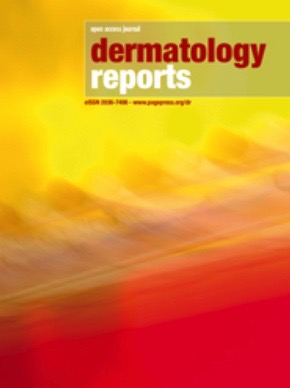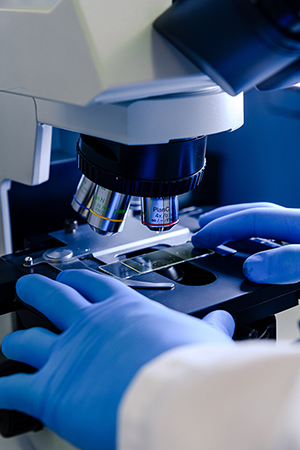Getting even: occurrence of histopathological primitive melanoma diagnoses three years after the COVID-19 lockdown
All claims expressed in this article are solely those of the authors and do not necessarily represent those of their affiliated organizations, or those of the publisher, the editors and the reviewers. Any product that may be evaluated in this article or claim that may be made by its manufacturer is not guaranteed or endorsed by the publisher.
Authors
The COVID-19 lockdown in 2020 caused a significant delay in histopathological melanoma diagnoses in Rome, Italy, leading to an increase in Breslow thickness and more aggressive tumor characteristics in the following years. Although there was a partial recovery in the number of diagnoses in 2021 and 2022, melanoma thickness remained higher than pre-pandemic levels. In 2023, our analysis of primary melanoma cases from the Histopathology Registry of Istituto Dermopatico dell’Immacolata (IDI)-IRCCS in Rome showed that Breslow thickness had finally returned to, or even improved beyond, 2019 levels – indicating a resolution of the diagnostic delay. At the same time, the proportion of ulcerated and nodular melanomas declined. These findings underscore the long-term effects of pandemic-related diagnostic disruptions and highlight the importance of maintaining continuous screening programs, even during public health crises. Ongoing public education on melanoma awareness and early detection remains crucial to preventing future delays.
How to Cite

This work is licensed under a Creative Commons Attribution-NonCommercial 4.0 International License.








